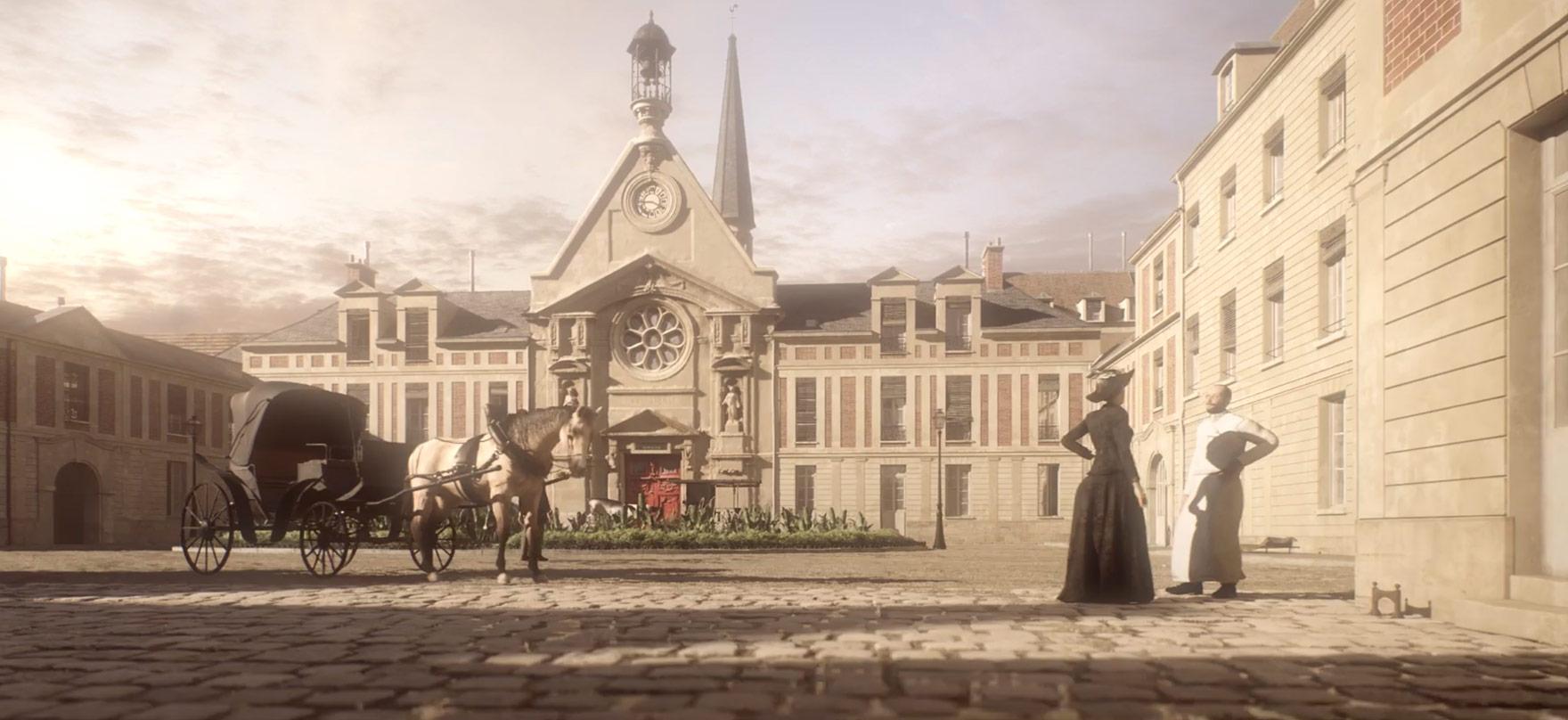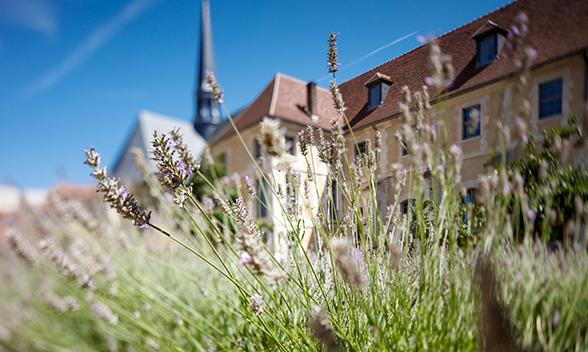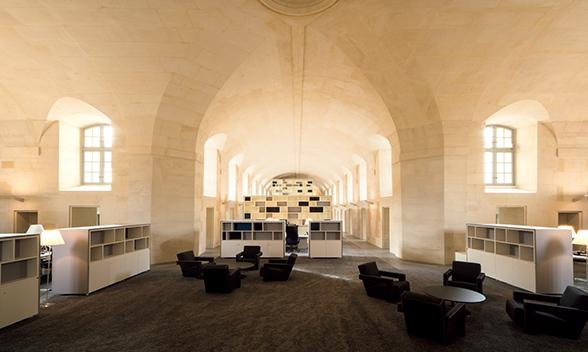History of 40, rue de Sèvres
- Kering
- Group
- Culture and Heritage
- 40, rue de Sèvres
- History of 40, rue de Sèvres
History of 40, rue de Sèvres
Situated at the heart of Paris’ 7th arrondissement, 40, rue de Sèvres housed the Laennec Hospital until 2000. Construction of the former hospital began in 1634. Half the space is devoted to gardens, in the style of the great Parisian hospitals. Drawn to the site’s singular architecture and rich history, among other features, the Group embarked on an ambitious renovation project. Thanks to its location architecture and history, 40, rue de Sèvres is a major cultural landmark.
“ This place embodies our identity as a luxury Group in motion, conveying an audacious form of luxury, free to make its own choices. ”
François-Henri Pinault
Chairman of Kering’s Board of Directors
By establishing its head office at 40, rue de Sèvres, Kering chose an inimitable site owing to its exceptional architecture and extremely rich past. Indeed, it meant a major challenge to bring life back to 17,200 m² immersed in nearly four centuries of history, and give it a new purpose.
Site history
Dedicated to caring for the poor, the “Hospital for the Incurables” was gradually built from 1634. Based on the plans of original architect, Christophe Gamard—supervising architect of Saint-Germain-des-Prés abbey and prime contractor of the Paris city authority —the hospice was made from cut stone, in the shape of a double Jerusalem Cross. Positioned on either side of a chapel now listed as a historical monument, the crosses—one for men, the other for women—are surrounded by eight courtyards, each of which had a well at the time to supply domestic water.
Over time, the building was developed as people’s needs increased and additional resources were provided by new founders and “paying” residents such as Madame de La Sablière, the patron of Jean de La Fontaine. Construction continued until 1757 thanks to donations by Anne of Austria, Cardinal Mazarin and the Duke of Luynes. Completion of the structures would have to wait until the eighteenth century.
During the Second French Empire, the Lycée Louis-le-Grand moved to the hospice premises. The site then closed in 1869, before reopening as “Hôpital Temporaire” during the Franco-Prussian war. As such, the space had found a lasting purpose.
Its distinctively sober architecture is in keeping with the lineage of great Parisian hospitals such as the Invalides or the Salpêtrière. However, successive demolitions, extensions or gutting of the buildings over the centuries, have altered its original appearance
The Laennec Hospital
In the nineteenth century, the site was renamed after René Laennec, the father of clinical auscultation thanks to his invention of the stethoscope. Many of the patients admitted to 40, rue de Sèvres suffered from tuberculosis, transforming Laennec Hospital into a research center for pulmonary disease. Lung surgery in France was born in Laennec Hospital, with the first artificial pneumothorax performed in 1912. Practicing physicians at the Laennec Hospital included none other than Robert Proust, brother to the renowned writer, Marcel Proust.
Services at Laennec continued through 2000 before they were transferred to Georges-Pompidou European Hospital.
A new lease of life
Despite severe deterioration, the 40, rue de Sèvres site clearly held enormous potential. Set in an area dear to fashion creators and the luxury industry, its architecture combines elegance and sobriety. The Group was strongly inspired by the site’s instantly perceptible rare beauty and sense of harmony. From the beginning, Kering was actively involved in restoring and renovating the premises.
A challenge worthy of the site’s rich history. The project entailed taking into account modern building norms while preserving the original architectural style. It meant accounting for heritage-listed spaces and considering each room’s history. A tremendously complex restoration project took place between 2010 and 2016, after a study of several months by Benjamin Mouton, Chief Architect for France’s historical monuments.
As work progressed, the hospital’s architecture came to life, revealing facades, arches and unsuspected spaces. Infinite care went into every lay out, choice of materials and hue. Today, 40, rue de Sèvres is a universe of harmony where past and present respectfully coexist; a decisively unique environment and an exceptional setting to grow and work in.
Going beyond
Discover Kering’s history since its creation in 1963.
Since moving to 40, rue de Sèvres in 2016, Kering has opened its doors to the public for European Heritage Days. Below are previous editions of this event. See you next year!







